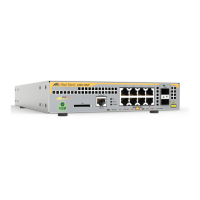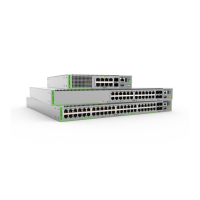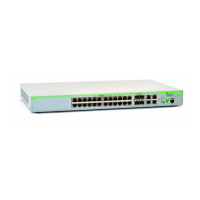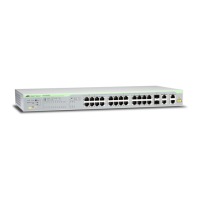C613-50100-01 REV C Command Reference for x930 Series 708
AlliedWare Plus™ Operating System - Version 5.4.6-1.x
IP ADDRESSING AND PROTOCOL COMMANDS
ARP
-MAC-DISPARITY
arp-mac-disparity
Overview Use this command to enable the switch to support services like Microsoft Network
Load Balancing (MS-NLB).
Such services use ARP with disparate MAC addresses to ensure that packets
destined for a server cluster virtual address are sent to all servers in the cluster.
Disparate MAC addresses mean that the MAC address in the “sender hardware
address” field of an ARP reply is different to the MAC address in the “Source MAC
address” field of the Ethernet header that the ARP packet is encapsulated in.
The no variant of this command reverts to the default behavior. See the Default
section below for more information.
Syntax
arp-mac-disparity {multicast|multicast-igmp|unicast}
no arp-mac-disparity {multicast|multicast-igmp|unicast}
Default ARP-MAC disparity support is disabled and:
• If the disparate ARP has a multicast MAC address in the ARP reply, the switch
drops the ARP reply and does not learn any associated addresses
• If the disparate ARP has a unicast MAC address in the ARP reply, the switch
learns the address in the ARP reply. The learned ARP entry points to the
single port that the ARP reply arrived on. Matching traffic will go out this
port.
Mode Interface Configuration for a VLAN interface.
Usage, multicast
mode
When you are using multicast mode, you can limit the number of ports that
packets are flooded to, instead of flooding to all ports in the VLAN. To do this,
specify the list of ports when creating the ARP entry.
Parameter Description
multicast Enables support of server clusters operating in multicast mode.
Packets destined for the server cluster are flooded to all ports
in the VLAN.
multicast-igmp Enables support of server clusters operating in multicast/IGMP
mode. In multicast/IGMP mode, the MS-NLB server cluster uses
IGMP reports to forward server traffic to a limited set of ports.
unicast Enables support of server clusters operating in unicast mode.
Packets destined for the server cluster are flooded to all ports
in the VLAN.

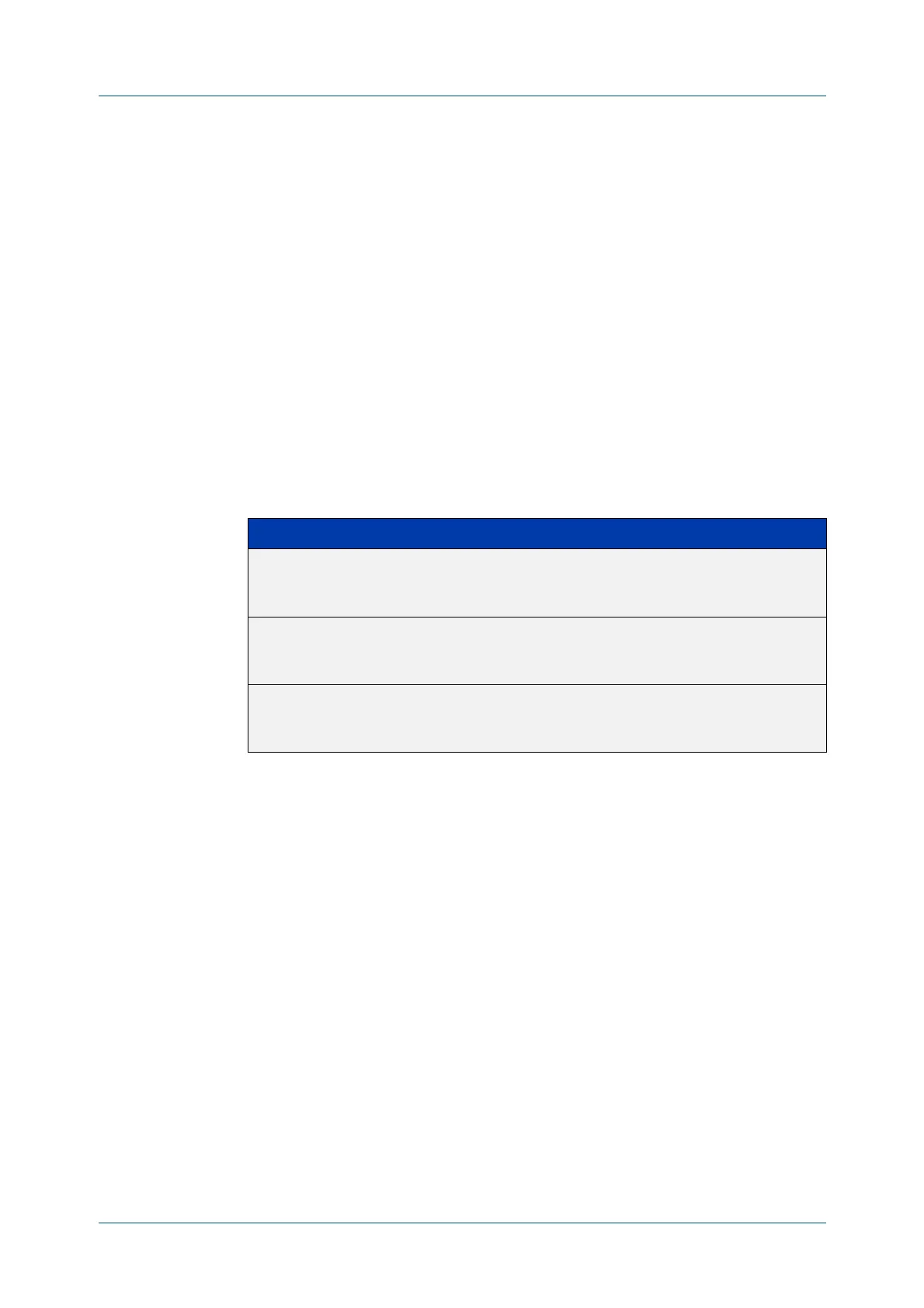